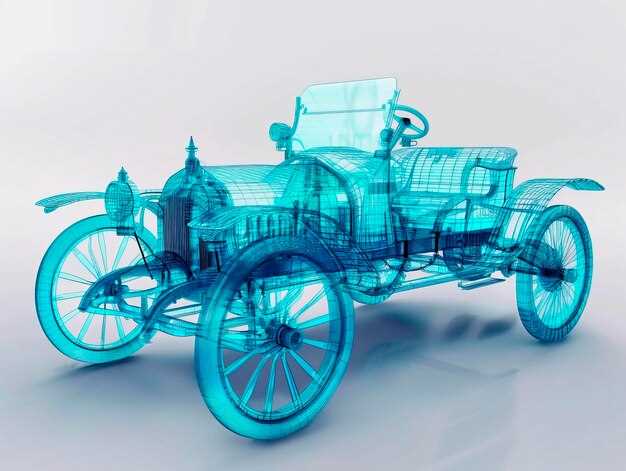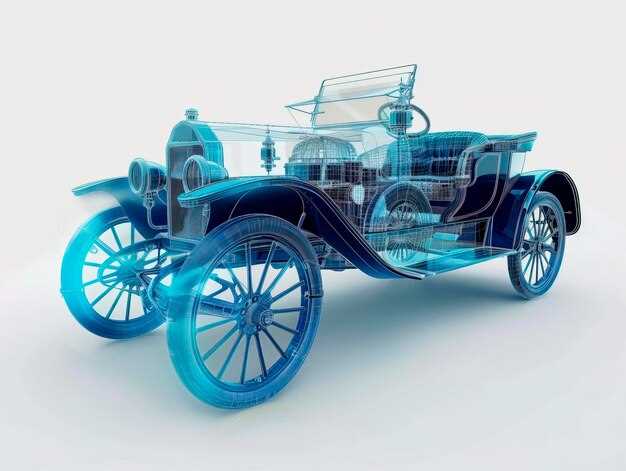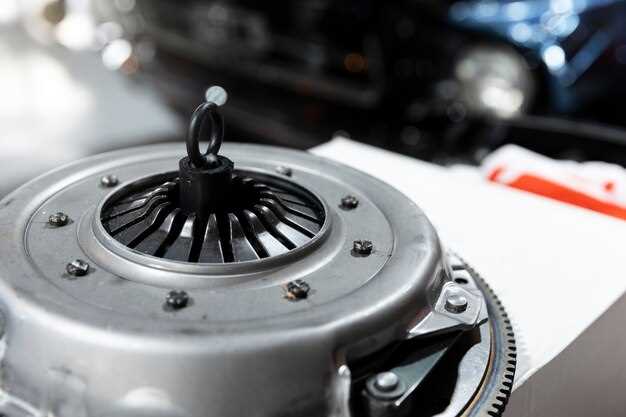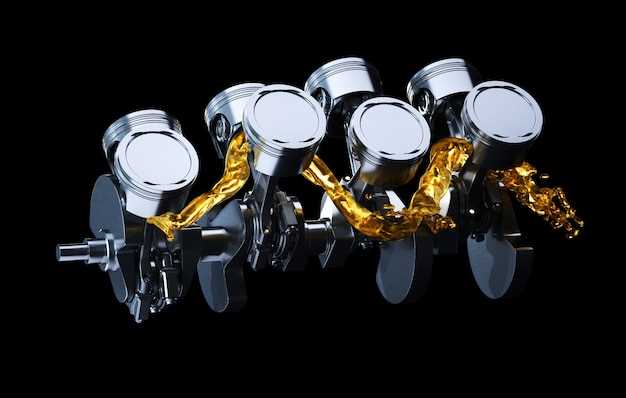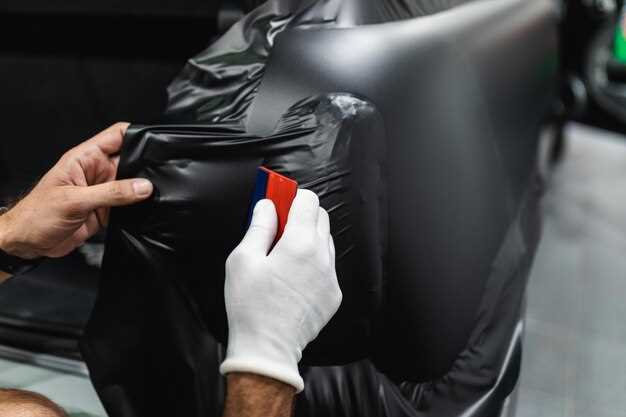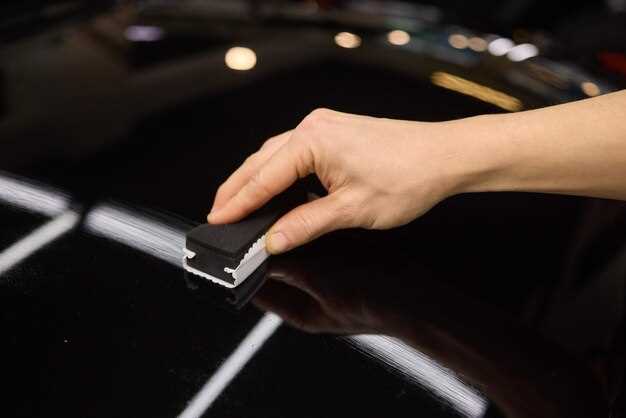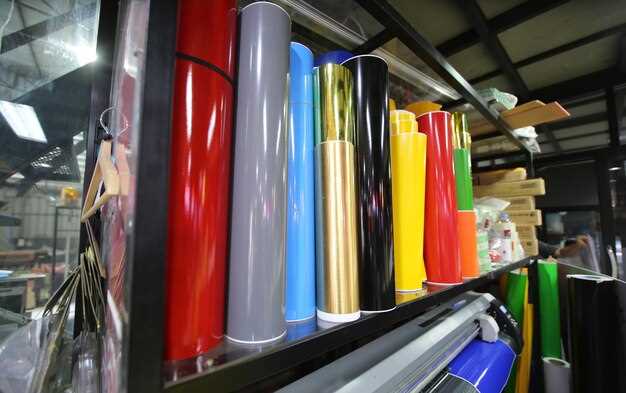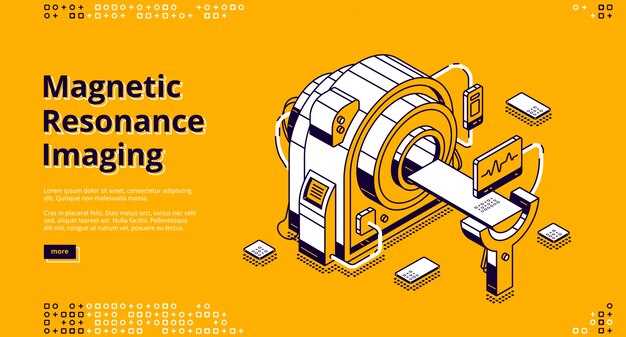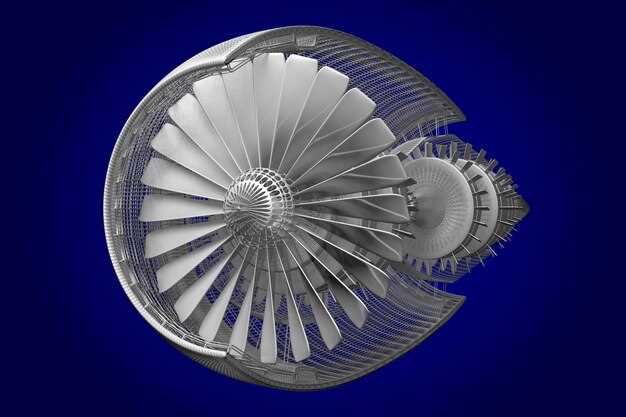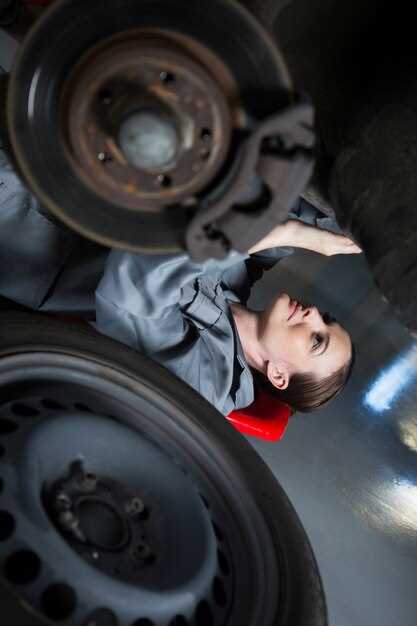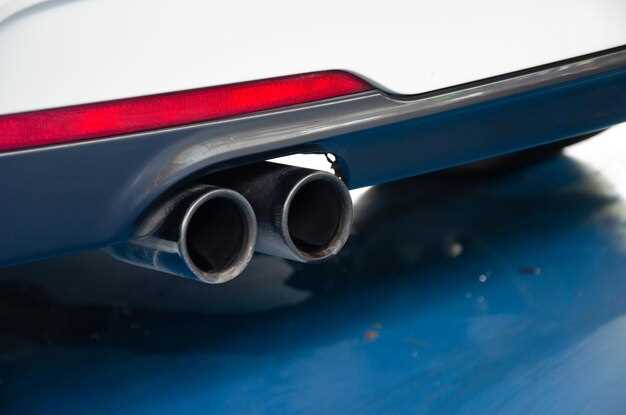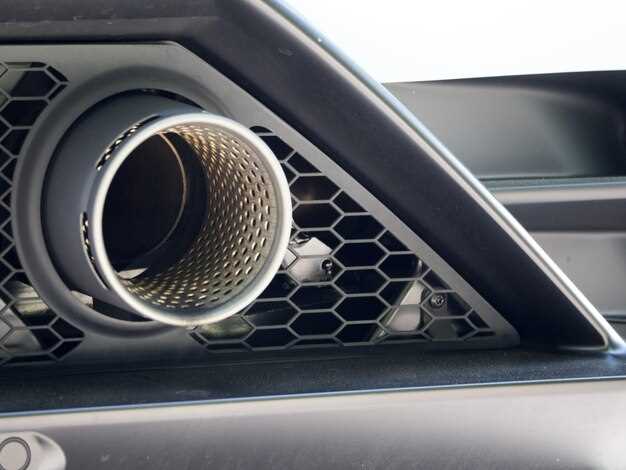
Transporting a show car requires meticulous planning and execution to ensure that your prized possession arrives at its destination in pristine condition. Whether you’re taking it to a car show, a photoshoot, or a special event, the stakes are high. A minor mishap can lead to costly damages, impacting both the vehicle’s aesthetic appeal and its market value.
Understanding the nuances of transporting a show car is essential for enthusiasts and collectors alike. This is not just about loading the car onto a trailer; it involves a comprehensive approach that considers factors like securing the vehicle, choosing the right transport method, and preparing it for the journey. Each detail plays a crucial role in maintaining the integrity of your show car.
In this article, we will share expert tips and best practices for safely transporting your show car. From selecting the right transport company to ensuring your vehicle is adequately prepared for the trip, these insights will help you avoid common pitfalls and protect your automotive investment. Get ready to learn how to keep your show car safe on the road!
Choosing the Right Transport Method for Your Show Car

When it comes to transporting your show car, selecting the appropriate method is crucial to ensure its safety and integrity. There are several options available, each with its own set of advantages and considerations.
One popular method is enclosed transport. This option provides maximum protection against the elements and road debris. Enclosed trailers also limit exposure to potential damage from other vehicles. For show cars that require a pristine presentation, this method is often preferred.
Alternatively, open transport can be a cost-effective choice for transporting show cars. While less protective than enclosed options, modern open trailers have improved in design, offering reasonable safety. This method is more suitable for vehicles that don’t have extensive detailing or need to be kept entirely shielded.
For those planning to transport their show car over long distances, considering professional transport services is advisable. Many specialized companies focus on handling show cars, ensuring they are secured properly and cared for during transit. Research and select a reputable service with experience in transporting high-value vehicles.
It’s also essential to assess your show car’s specific needs. Factors such as its size, weight, and any custom modifications should influence your decision. Ensure that the chosen transport method can accommodate these aspects without compromising the vehicle’s condition.
Finally, always verify insurance coverage for the transport process. This step provides peace of mind, ensuring that your show car is protected against unforeseen accidents or damages during transit. Choosing the right transport method is vital for maintaining the beauty and value of your show car.
Preparing Your Show Car for Transport: Steps to Take
Before transporting your show car, it is crucial to take specific steps to ensure its safety and pristine condition. Start by thoroughly cleaning the exterior and interior of the vehicle. This allows you to inspect for any pre-existing damage and ensures that it looks its best upon arrival at the destination.
Next, check the fluid levels of your car, including oil, coolant, and brake fluid. Topping off these fluids minimizes the risk of leaks or mechanical issues during transport. Additionally, inflate the tires to the correct pressure, as under-inflated tires can become damaged or cause handling problems.
Secure any loose parts or accessories. Items such as spoilers, mirrors, and antennas should be removed or tightly secured to prevent them from being damaged or causing harm during transport. It is also advisable to disable any alarm systems to avoid unnecessary disruptions.
Consider documenting the condition of your vehicle before transport. Take several photos from multiple angles, including close-ups of any imperfections. This may prove invaluable if you need to file a claim for any damage that occurs during transit.
Finally, choose the right transport method. If possible, opt for an enclosed trailer to protect your car from the elements and road debris. Ensure that the carrier has experience transporting show cars and follows best practices for securing them safely during transport.
Ensuring Safe Loading and Unloading of Your Show Car

Transporting your show car requires meticulous attention to detail, especially during the loading and unloading process. To ensure the safety of your vehicle, follow these essential tips.
1. Prepare the Environment: Before loading your car, choose a flat and stable surface free from debris. Ensure that the area is well-lit to avoid any accidents. If using a trailer, position it on level ground to prevent shifting during transport.
2. Inspect Equipment: Check the loading ramp, straps, and any other equipment you will use. Make sure that ramps are sturdy and free of defects. Utilize high-quality tie-down straps to secure the car during transport.
3. Use a Spotter: Having a spotter can significantly enhance safety. This person can guide you while positioning your vehicle, ensuring that you avoid obstacles and align correctly with the ramp.
4. Approach Slowly: When loading the car onto a trailer, approach the ramp gently. A slow and steady pace minimizes the risk of accidents. Keep an eye on the ramp’s angle to prevent bottoming out your vehicle.
5. Secure the Car Properly: After loading, make sure to secure the car with appropriate straps. Attach tie-downs to strong points on the vehicle and ensure they are tightened enough to prevent movement without damaging the paint or sensitive parts.
6. Utilize Wheel Chocks: Place wheel chocks behind the rear tires once the car is loaded. This added precaution helps prevent any accidental rolling during the transport process.
7. Monitor During Transport: Regularly check the car during transport for any signs of shifting or loosening straps. Stopping periodically allows you to ensure that everything remains secure.
8. Unloading with Care: When unloading, perform the process in reverse order. Remove tie-downs carefully and ensure the ramp is stable before driving the car off. Always have a spotter to help guide the vehicle safely down.
By following these detailed steps, you can ensure the safe loading and unloading of your show car, providing peace of mind during transport.






